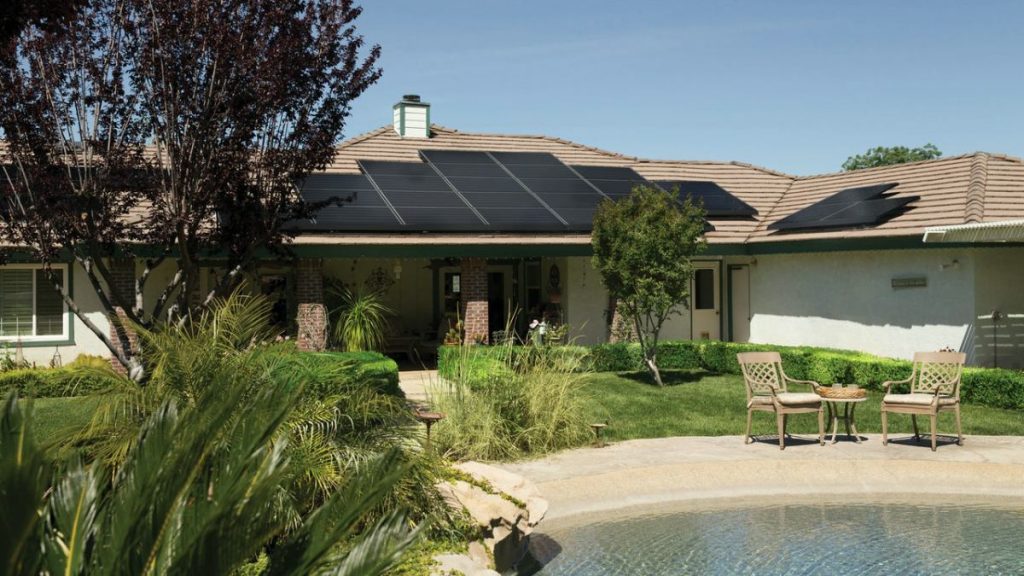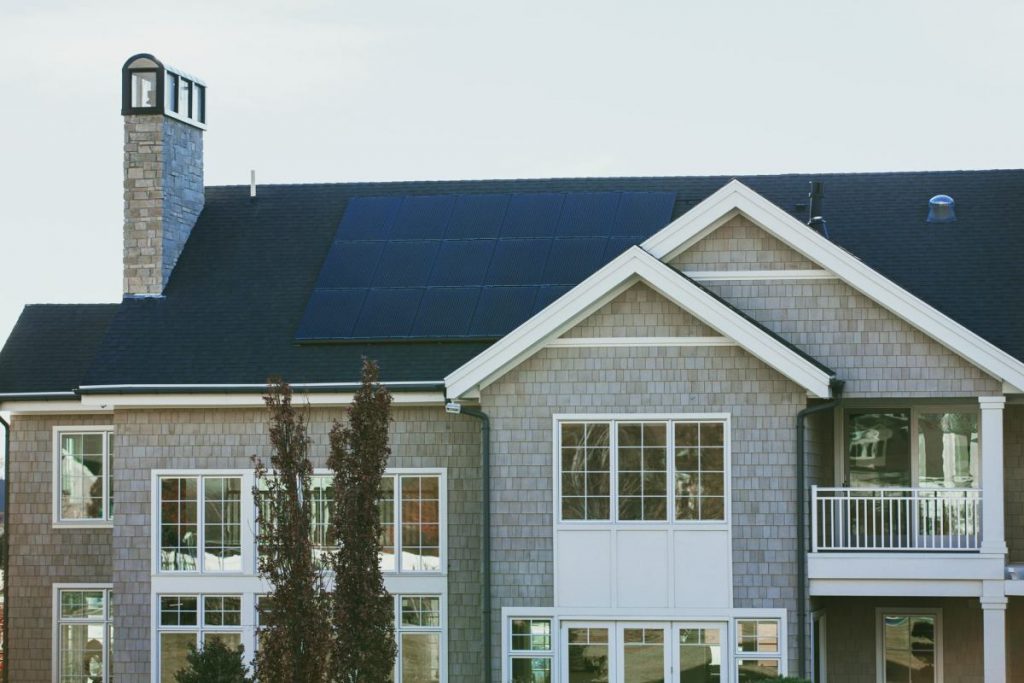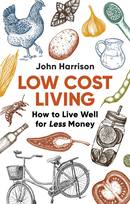Energy costs are continually rising these days. Even though many countries are pursuing renewable and clean energy sources, most of the current sources of electricity that we have are from fossil fuels, like petroleum and coal. These sources are not limitless. Some sites where fossil fuels were once abundant are now producing lower outputs. With this development, the prices of services that are dependent on fossil fuel, including electricity, will rise. With this in mind, it’s not only governments but also private households that are taking initiatives to save on energy costs.
Read on as we try to learn how to save money by using solar energy and help save our resources and the environment.
Solar Power Helps You Save on Electricity Bills
When you get to tap that continuous supply of sunlight into electricity, you get a steady electric supply for your household. If you live in a place with regular sunlight exposure like Australia, installing solar panels on your roof will get you enough power supply to meet your daily needs. With South Australia leading the way in solar power generation, Western Australia is also joining in on the trend by encouraging households to switch to solar power. With the latest announcement about energy rebates being reduced or even scrapped in Western Australia, residents are still supportive of the idea of solar power for their homes due to monthly electric bill savings. Also, energy retailers are still paying feed-in tariffs to homes at around 7c per kWh. Although the amount is not as high as back when solar technology was new, this still adds additional cost savings on top of lower electric bill payments.
You Can Sell Back to the Power Company the Power That You Don’t Use
This payment scheme works in a similar way to the feed-in tariff but this time, the homeowners have the power to decide how much power they consume and how much they sell back to the solar power company. The sell-back scheme works in different ways in different cities and states around the world. In Florida, the payment comes once a year, which means you will be receiving a good amount of money for a year’s worth of saved electricity.
Solar Loan Payment Costs Remain the Same
Okay, so harnessing solar energy for your home’s electricity can cost you a few thousand bucks for installation. You can pay this on a monthly instalment basis and you still save some money compared to paying your monthly electric bills which go by hundreds of dollars and fluctuate even with constant electricity use. This is because your instalment cost remains the same and isn’t affected by external factors like generation and maintenance costs. For example, if you have a $150 loan payment per month for your solar energy system, it remains that way. Plus, your solar power price is lower than non-solar prices, which still gives you an advantage even if you combine these two costs.
No Extra Payments When You Pay Off Your Solar Power System
This is the rewarding part when you get a solar power system. By the time you finish paying off your solar energy power system, you get energy independence by generating your electricity. You already own your power system and can achieve net-zero consumption, meaning you can already create sufficient energy to fill all your home’s power needs, which will result in zero or negative balance. Also, if your solar energy system works at full capacity, especially during summer, it generates more electricity than what your home needs. The excess energy goes back to the grid, which may cause your meter to run in reverse and it’s a good thing. That extra energy you give back will be used by the power company to supply other homes and buildings in your area. All in all, you’ll see that you are no longer spending money on power.
Well, that’s the savings scenario for the urban setting. How about in the rural setting? Rural homes can still achieve net-zero consumption even in cases where some homes can’t be connected to the grid. The solar energy power system can still generate enough power for both day and night electricity consumption. The extra power generated during the day is stored in batteries, which can be utilized for evening power consumption. Thus, even rural homes will still have enough power for daily use even without being connected to the grid.
Catching Up on Tax Credit
Being an early bird solar-powered home can also give the benefit of taking advantage of the Residential Renewable Energy Tax Credit. This means that if you have a solar power system installed this year, you can get a 26% tax credit of your costs for the system, including the labor and site preparation costs. By 2021, the tax credit will go lower at 22% and by 2022, the tax credit will no longer be available for homeowners. So by deciding early on going solar, you can still enjoy big savings.
Many financial rewards and savings can be generated by using solar power. While the cost of installing a solar power system might be high, consider it as a smart investment. Nothing beats generating your power supply at home and achieving energy freedom.



